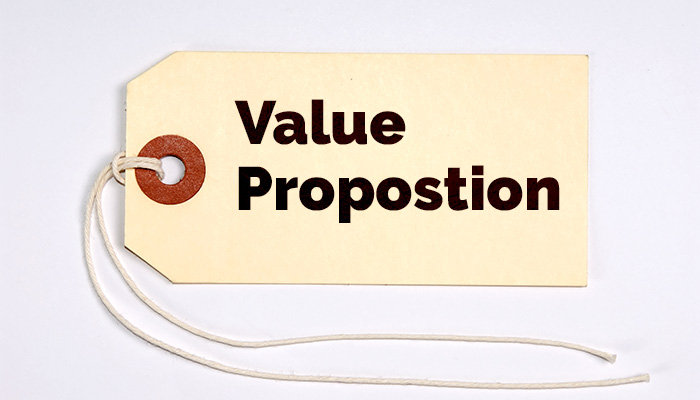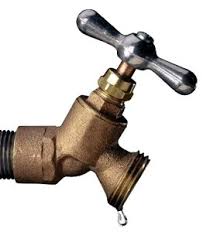Increase Sales: Key Buying Seasons Surface in “Voice of Market” Work
Market leading organizations understand the power in understanding the voice of their customers and markets. In my last post I shared how voice of the market work helps identify key buying triggers. Understanding how your buyers buy, the journey they take today to a purchase and the criteria they must have to buy is critical to growing your sales profitably. In this post I will share how Voice of your Market work identifies key buying seasons for specific products.
I was hired to grow the sales for Gardner Denver in the rust belt region. Gardner Denver is one of the leading manufacturers of industrial air compressors and accessories in the world. Industrial air compressors support manufacturing plants by supplying compressed air to power machines and tools used in the manufacturing process.
The first step in my business development process was to meet with as many end customers as I could on four legged sales calls with my dealer distributor salespeople. While the salespeople asked questions about upcoming changes that may require new or additional air compressors, I asked opened ended question and listened for unresolved market problems and buying trigger events.
Working with one of my larger dealers: Atlas Machine and Supply we identified a common problem end users have every year from May through August: Moisture in their air. Industrial air compressors compress ambient air and one of the by products of this process is water. Buyers purchase air dryers to remove moisture before it has a chance to damage machines and tools. What buyers shared was during the summer months in the Midwest they experience humidity and it often taxes their compressed air dryers and it is often a challenge to find new dryers when one of their dryers fail.
We developed a proactive business development plan based on this common seasonal problem our buyers were experiencing. Our dealer produced a postcard mailer that was sent to all their current accounts as well as targeted new accounts they have always wanted to serve. It was a simple message asking if they would like a free audit for moisture to insure their plant does not have any manufacturing problems when the high humid months hit. We conducted a sales training meeting and trained the distributor sales team how to execute the sales process.
Our distributor sales team followed up with each account within seven days of the mailer and scheduled audits to insure their customers and prospects they always wanted to serve would not experience any service interruptions in the humid summer months.
Our compressed air dryer sales more than doubled compared to the same months the prior year and new compressor sales increased. Since our dealer sales were contacting buyers about a common seasonal problem and offering to solve that problem, buyers trusted the sales and service people. They demonstrated they knew the industry and common unresolved seasonal problems. The sales and service team was not focused on “selling” but “serving” the market. While conducting audits proactively, our maintenance mangers and plant mangers openly shared other issues they were concerned about. These “other issues” resulted in new incremental compressor sales, service revenue and aftermarket sales increases.
Do your end customers have buying seasons for specific products and services?
Who on your team is responsible for helping dealer distributors grow their sales?
Does your sales team proactively reach out to buyers to address seasonal buying trigger events?
Would your team like to double your product sales in key buying seasons?
As we approach a new year, there is nothing more strategic than understanding your buyers, how they buy and the criteria they need to buy TODAY. “Today” is the key word. Think about all the changes we have seen over the years in how buyers buy. If you have not adjusted your repeatable sales process in the last 12 months or created new sales tools …I promise you have a broken sales process and you are losing orders you should have won.
The voice of the customer, voice of the market work becomes the foundation of your sales, marketing and business development strategic plans.
If you don’t have an understanding how how buyers buy and what they need to buy today…How do you plan to hit your sales numbers next year?











